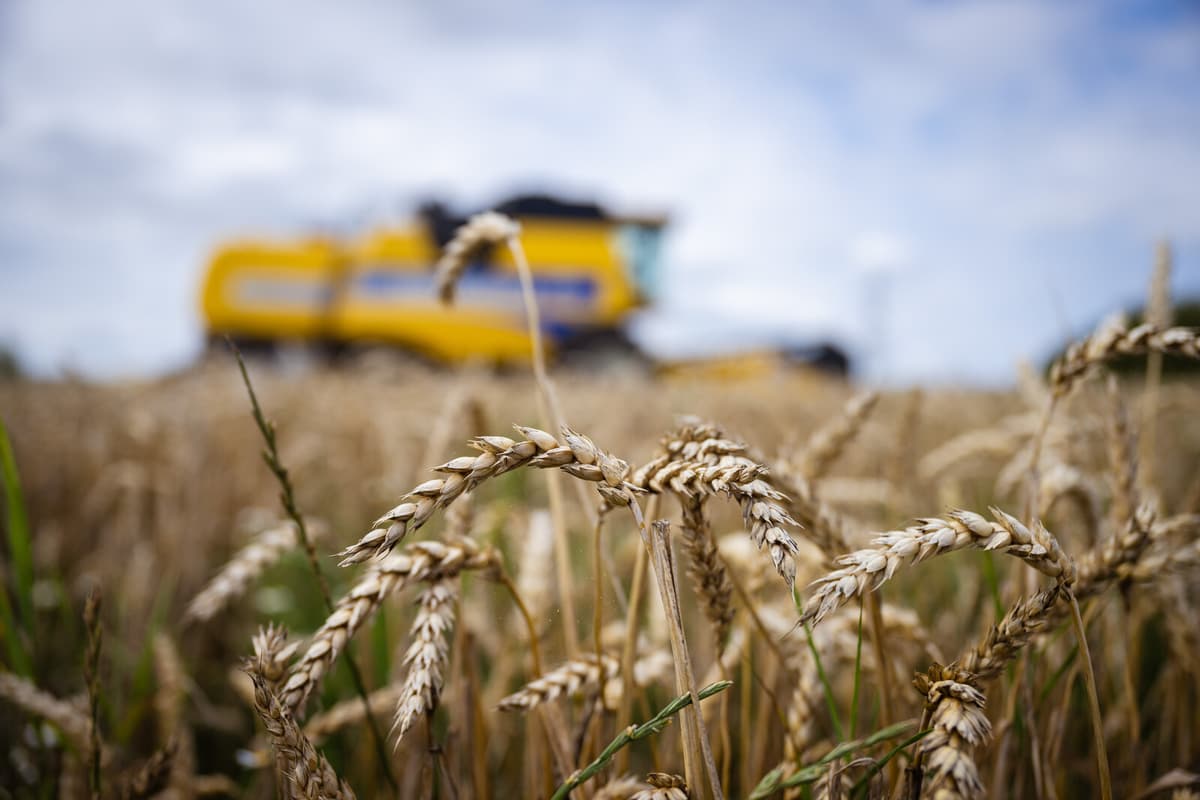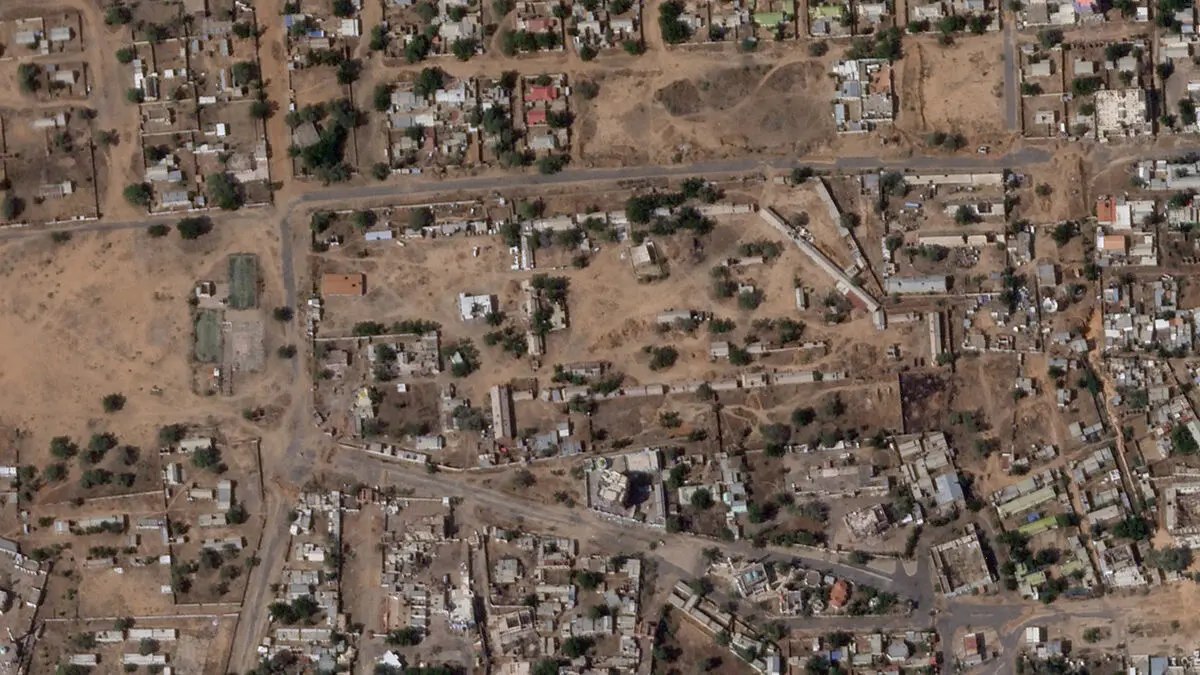The goal is to find a more sustainable alternative for the textile and clothing industry's large carbon footprint. Therefore, researchers have been looking for waste materials that can replace the water-intensive cotton and cellulose textiles made from wood.
Then we thought we'd check what Sweden has to offer, and we found that oats and wheat are available in large quantities, says Diana Bernin, associate professor at the Department of Chemistry and Chemical Engineering at Chalmers University of Technology, who has been a senior researcher in a new study.
Cooked into cellulose
Researchers have used wheat straw that is left over after harvesting and oat husks that are left over after processing oats. To form what is called textile pulp, which is later spun into yarn, the pulp must be very clean and this is done by boiling the raw materials in lye. Sometimes they are pre-treated with acid.
This way, cellulose is produced and the manufacturing process is more sustainable than with wood, which is more difficult to break down.
We only need one chemical with this lye, with wood you need several.
The study has been published in the scientific journal RSC Sustainability. In addition to cereals, potato peels and sugar beets were also tested, but these raw materials required a more complicated pre-treatment.
The result has attracted international attention and the researchers have been able to test the method on both rice and banana residues.
Requires profitability
Chalmers has collaborated with the innovation company Tree to textile and IVL Swedish Environmental Research Institute with funding from Bioinnovation in the study. In a follow-up study that has not yet been published, the researchers have managed to spin yarn from the textile pulp.
How far we are from seeing clothes made from oats and wheat in stores is difficult to predict, much depends on how profitable the production can be. In Sweden, textile pulp is already made from wood in the pulp and paper industry and the machines also work for cereals, which would mean that there will not be such high costs.
If the by-products of cereals can become fabric, their economic value would also increase and thus become an economic incentive for farmers. Oat husks can easily be caught during processing, but wheat straw requires more work.
They say themselves that if there is no money in it, they will not collect it, because they usually just bury it, says Diana Bernin.
Tove Christensen/TT
Fact: The textile industry's climate impact
TT
The textile and clothing industry is a resource-intensive industry that has a significant environmental and health impact throughout the entire chain from when the raw materials are extracted to when the textiles become waste.
The production of one kilogram of new textile creates greenhouse gas emissions of between 10 and 40 kilograms, depending on the material and energy source. Between 1.5 and 6.9 kilograms of chemicals are used, depending on the material and production method. In some cases, hazardous chemicals remain in the textiles when they reach consumers.
Textile production requires between 7,000 and 29,000 liters of water, and production takes place mainly in countries where there is a water shortage. Over 80 percent of clothing and home textiles sold in Sweden are produced outside the EU and mainly in low-wage countries, such as India and China. Since the countries' chemical management is inadequate and there is often a lack of functional water purification, large amounts of polluted water are released from the production facilities.
Source: Swedish Environmental Protection Agency





